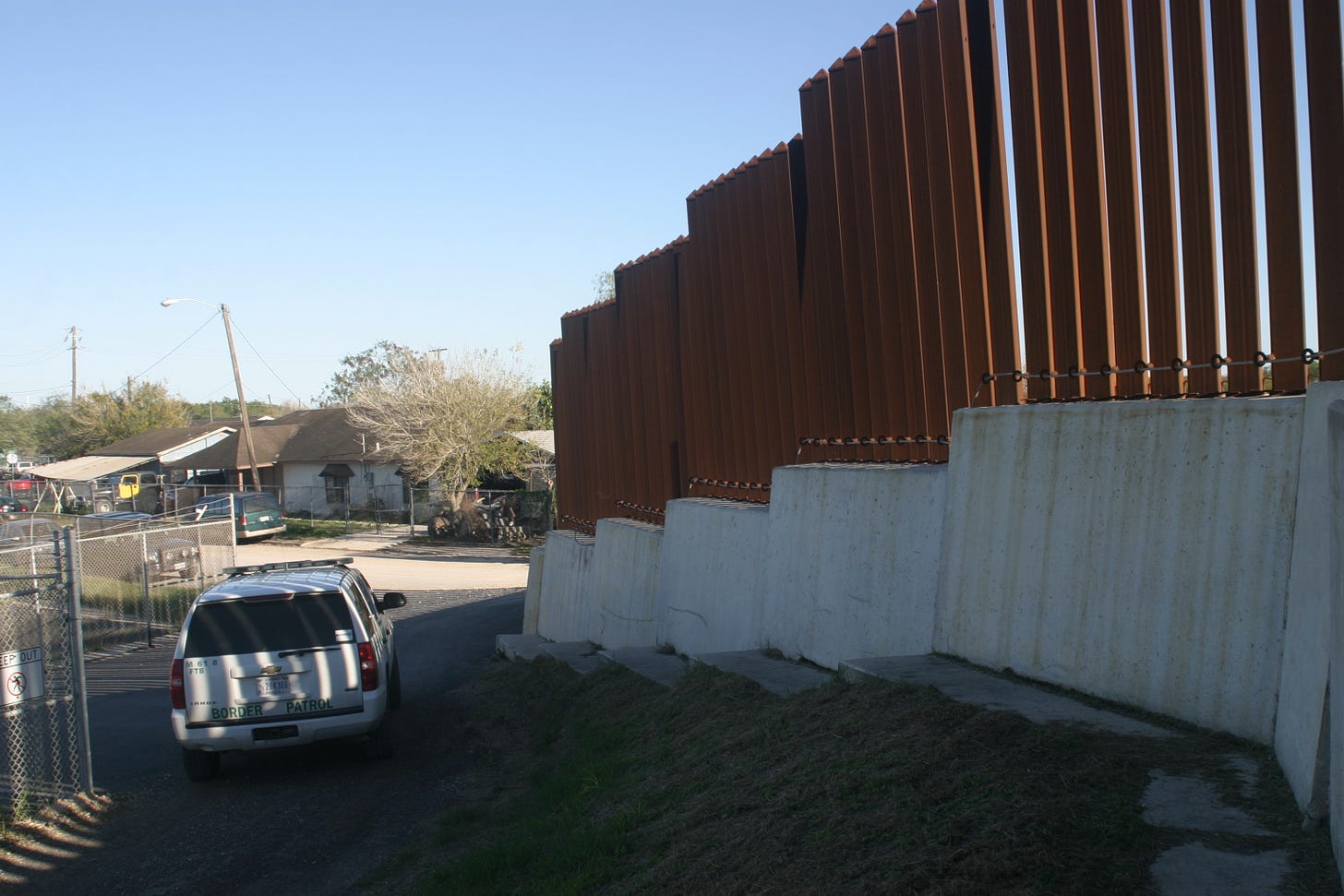Biden's Stealth Border Wall in Texas
Construction could begin as early as December, but Starr County residents say they haven't been consulted.

Despite his promises to not build “one more foot of wall,” President Joe Biden is now speeding ahead with a contract for 17 miles of new wall in rural Starr County, Texas. Bo…


